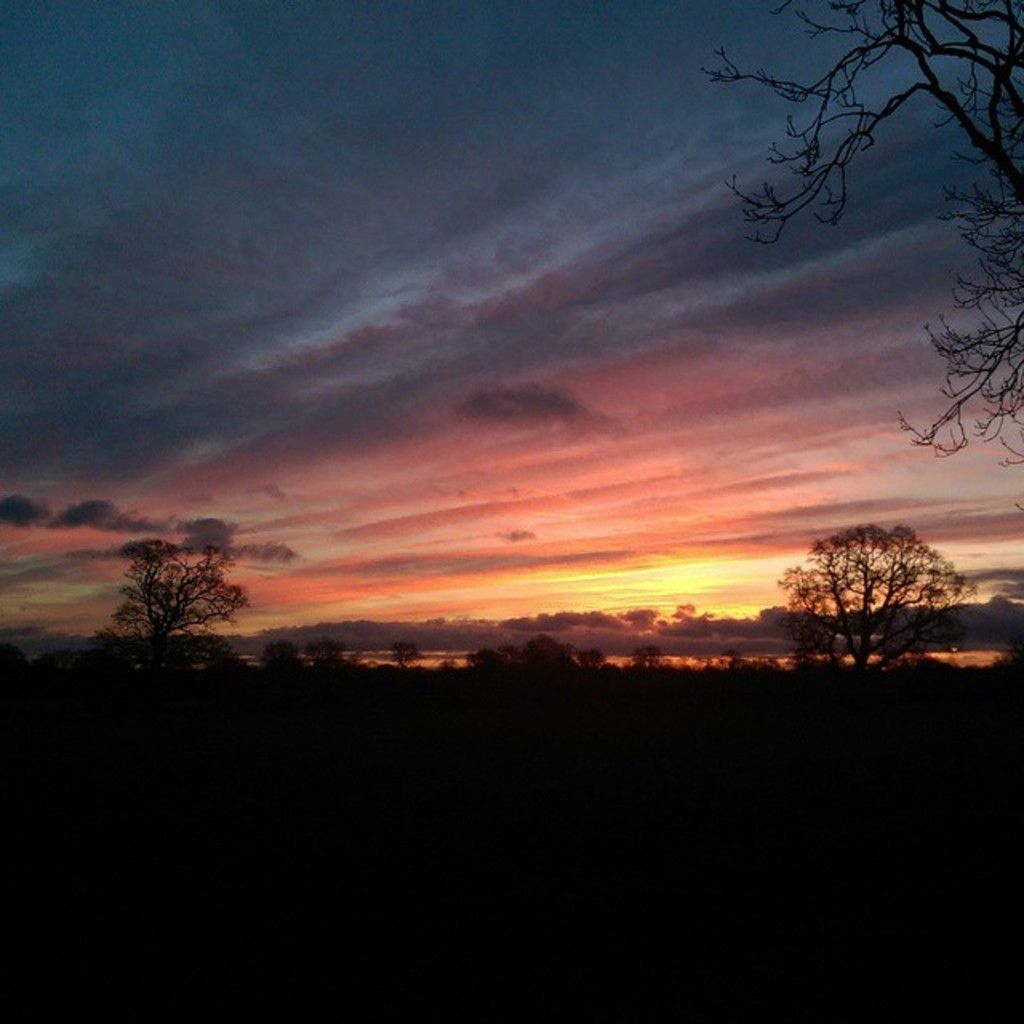Discord and Concord in Creative Expression
Art, at its core, is a continuous struggle between chaos and harmony. Chaos introduces the unexpected, the unwanted, and the unknown. It's the burst of activity against a quiet background - your mistakes, the dropped canvas, or the subject moving while you're painting. On the other hand, harmony is all about relationships, expectations, patterns, and repetition. It's when everything works together - the blues, greens, and purples in Claude Monet's water lilies series, or the right color in the right place as taught by Richard Schmid.
Take a glance at my recent paintings of the jetty at Kingfisher Bay - Fraser Island, Drama and Fraser Island, High Key. The former leans towards chaos, capturing the vibrant sunset from the end of the jetty, with rough brushwork, palette knife strokes, and a vague jetty. Fraser Island, High Key, on the other hand, exudes harmony, capturing the blue hour and its pastel colors. But don't be fooled; chaos lurks even in this seemingly harmonious painting, with its dark blue accents, gloomy clouds, irregular jetty posts, and ambiguous figures.
To put it simply, chaos and harmony need each other. Chaos without harmony is meaningless, and harmony without chaos is dull - a blank canvas, if you will. I like to think of them as a scale, not as absolutes - does my painting lean towards chaos or harmony? This way of thinking invites the use of both, not one or the other, as suggested by James Abbott McNeill Whistler.
Allow me to illustrate this thinking with some examples from other artists. Joseph Turner's Rain, Steam and Speed - The Great Western Railway showcases the battle between chaos and nature's foggy atmosphere, with the energetic scumbled color and the battle between the stygian black train and the vague background. Yet, harmony emerges through the sense of movement, balance between large ambient space and small dark accents, and the relationship between warm and cool colors.
Lilla Cabot Perry's Cliffs of Etretat delves into chaos with the crashing waves and whitewater, the battle between sea and land, and the bright clouds that break up the blue sky. Harmony, however, prevails through the blues, greens, and purples, the oranges and reds, the sense of movement in the sky and sea, and the immovable force of the land.
In conclusion, artists must embrace both chaos and harmony to create art that resonates. They are not irreconcilable opposites but balanced elements that coexist to produce a harmonious yet intriguing work of art.
In the realm of art, chaos and harmony serve as intertwined elements, shaping masterpieces that intrigue and resonate. For instance, my recent landscape paintings of Kingfisher Bay – Fraser Island, Drama and Fraser Island, High Key – demonstrate this balance, with the former forging a vibrant, spontaneous scene imbued with turbulence, and the latter exhibiting a serene, harmonious feel amidst its shadows and hues. Likewise, in Joseph Turner's Rain, Steam and Speed – The Great Western Railway and Lilla Cabot Perry's Cliffs of Etretat, both order and disorder are skillfully mixed, showcasing artists' ability to capture the essence of life – its ever-changing natural landscape and the divergence of human lifestyle, entertainment, and experience within it.





